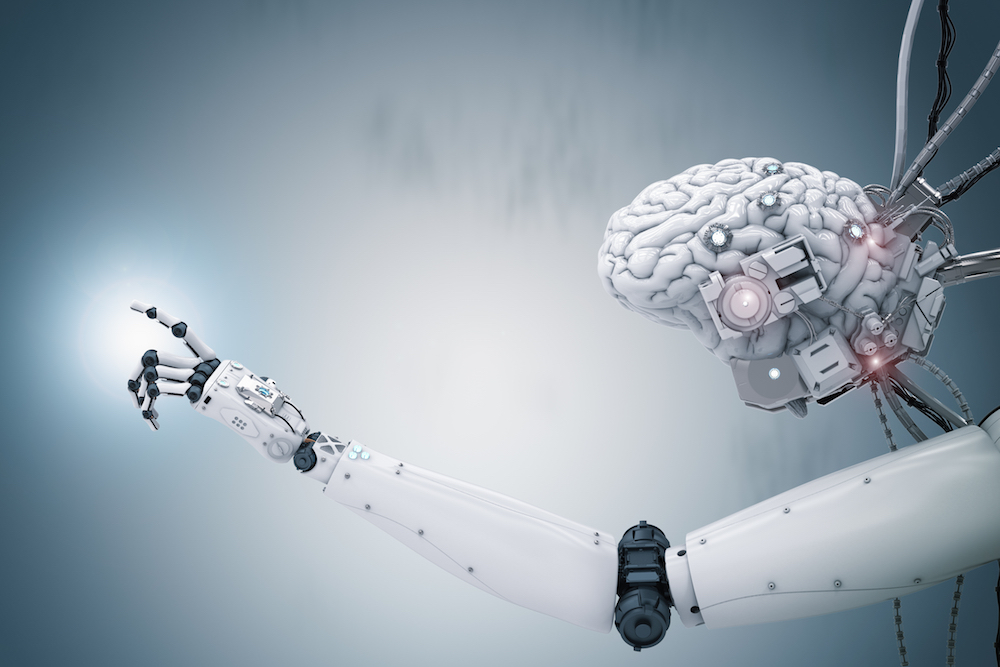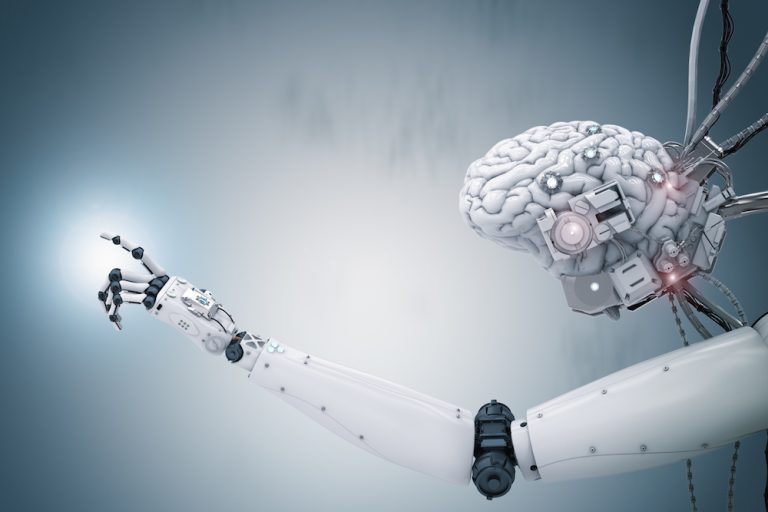
The future of robotics is not just mechanical—it’s biological. Enter biohybrid robots, a fascinating new class of machines that blend living cells with artificial components to create devices that can move, adapt, and even heal themselves. These hybrid systems combine the best of both worlds: the precision and programmability of machines with the flexibility and complexity of biological tissues.
What Are Biohybrid Robots?
Biohybrid robots are robots constructed using both synthetic materials (like polymers, metals, or silicone) and living biological cells—often muscle cells, neurons, or other specialized tissues. Unlike traditional robots powered by motors and batteries, biohybrid robots harness the energy and contractile abilities of living cells to perform movements and functions.
This groundbreaking approach opens possibilities far beyond what purely mechanical robots can achieve.
How Do They Work?
At the core of biohybrid robots are living cells integrated onto flexible frameworks:
- Muscle Cells for Actuation: Engineered muscle cells, such as cardiac or skeletal muscle fibers, contract and relax to create movement. These contractions can be controlled via electrical or chemical stimulation.
- Scaffolds and Soft Materials: Synthetic materials provide structure and flexibility, supporting the biological components while allowing natural motion.
- Neural Components: Some designs incorporate neurons or neural networks to enable autonomous control and response to stimuli.
- Energy from Cells: Instead of relying on external batteries, these cells derive energy from nutrients, mimicking biological energy metabolism.
Recent Breakthroughs
Scientists and engineers have created remarkable prototypes:
- Swimming Biohybrid Robots: Tiny, jellyfish-inspired robots that swim by contracting muscle cells on a soft silicone body.
- Walking Biohybrid Robots: Millimeter-scale robots that walk or crawl using engineered muscle strips actuated by electrical signals.
- Self-Healing Systems: Biohybrid materials capable of repairing damage by regenerating cells within the robot.
- Sensory Integration: Incorporation of sensory neurons that allow biohybrid robots to respond to environmental changes such as light or chemical signals.
Why Biohybrid Robots Matter
The integration of living cells gives these robots unique advantages:
- Adaptability and Softness: Unlike rigid metal robots, biohybrid robots are soft and flexible, ideal for interacting safely with delicate environments or humans.
- Energy Efficiency: They harness biological energy systems, potentially allowing longer operation without heavy batteries.
- Self-Repair and Growth: Living tissues can heal and grow, opening doors to robots that maintain themselves or evolve over time.
- Biomedical Applications: Biohybrid robots could navigate inside the human body for targeted drug delivery, microsurgery, or diagnostics with minimal invasiveness.
Challenges and Future Directions
Despite exciting progress, biohybrid robotics faces several hurdles:
- Control and Precision: Steering biological components accurately is complex due to variability and sensitivity.
- Longevity: Keeping living cells alive and functional outside the body over extended periods remains challenging.
- Integration: Seamlessly combining biological and mechanical parts at multiple scales requires sophisticated engineering.
- Ethical Considerations: The use of living cells in machines raises questions about life, consciousness, and boundaries between organisms and robots.
The Horizon of Biohybrid Robotics
The merging of biology and robotics is ushering in a new era of technology that could transform medicine, environmental monitoring, and even manufacturing. Imagine tiny biohybrid robots repairing tissues inside your body, or soft robots exploring fragile ecosystems without disruption.
As research advances, biohybrid robots will evolve from laboratory curiosities into practical tools, redefining the meaning of machines and life.






